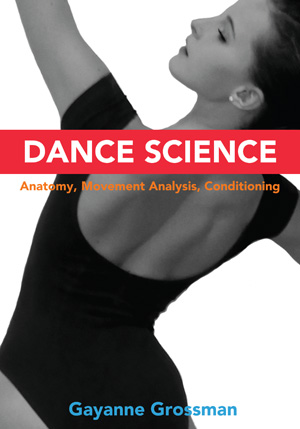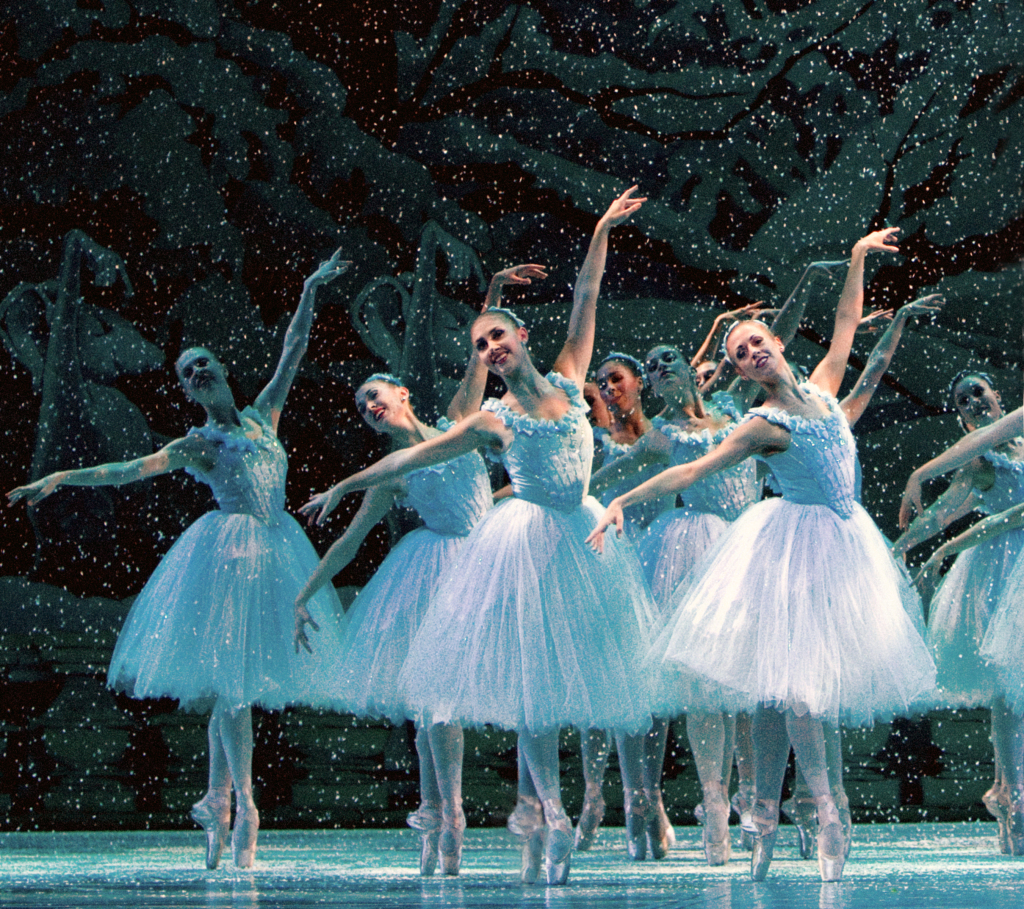
by Samantha Hope Galler
In my opinion, dance should be held up to the light like a precious stone. It should be examined, polished, and set out for display. Its beauty should not be taken for granted. I learned early on that dance would hold a special place in my life and have always tried to give my heart and soul to it. As dancers, we set goals for ourselves in categories, separating those that are more likely to be obtained from others. Being promoted was a goal of mine, but it was a goal that sat in the unimaginable category.
February 3rd, 2018 was a big day. It started out as a normal performance day with a matinee and an evening performance in West Palm Beach. I approached it with new energy, motivation, and confidence because it was another day to dance. After I performed, that moment happened. I was told I was now going to be a Soloist. It was a surreal moment that I snapshotted in my mind forever. For me, it is not just a promotion involving dancing, but of serving as a role model as well.
This adjustment has made me think about my days in ballet school where I trained hard to hopefully, one day, accomplish the basically impossible task of becoming a ballet dancer. I think about the few, but influential individuals that told me or my Mom that I would never get a job, or that I was too athletic looking, along with my torso being too long. I think this is one of the worst parts of the dance world. Underestimation. Or maybe, it is the wording behind the underestimation that affects a person and their thought process going forward. I am 29 now, and that criticism still sticks with me.
Adjusting to this promotion starts with realizing that it has actually happened. Then it is important to put it somewhere in your mind where it motivates you, and does not stop you from pushing or persevering. It can be about becoming more of the person you are because you are given different responsibilities under a different, but good type of pressure. The growth is different for every dancer. The path I took up until this point provided me an opportunity to work in the Corps de Ballet and then see the same dance world from another side. It has been very interesting and I could not be more grateful. To be given the chance to understand and appreciate each position individually is unmatchable in scope. I only look forward to learning more about myself during this time in my career.

Samantha Hope Galler, a Bedford, Mass. native, spent 13 years training with The Ballet Academy, Inc., under the direction of Frances Kotelly in the Cecchetti Method. She performed six seasons with The Northeast Youth Ballet under the direction of Denise Cecere. She continued training, on scholarship, with Boston Ballet School and received the PAO Merit Trainee Scholarship. She received the NFAA Honorable Mention Award in Ballet. Galler spent summers training at Boston Ballet, Central Pennsylvania Youth Ballet and Boston Conservatory. She danced with Cincinnati Ballet in their 2008-2009 season under the direction of Victoria Morgan.
Galler spent five seasons with Alabama Ballet under the direction of Tracey Alvey and Roger Van Fleteren. During her tenure there, she was promoted to principal dancer. She had the honor of performing some of her dream roles including Juliet in Romeo and Juliet, Odette/Odile in Swan Lake, The Lilac Fairy in The Sleeping Beauty, The Sylph and Effie in La Sylphide, Myrtha and Moyna in Giselle, Dryad Queen and Mercedes in Don Quixote, the Rancher’s Daughter in Agnes De Mille’s Rodeo. Her Balanchine roles included Dark Angel in Serenade; The Sugarplum Fairy, Arabian and Lead Marzipan in George Balanchine’s The Nutcracker™; and the principal roles in Allegro Brillante and Tarantella. She has also performed in Jiří Kylian’s Sechs Tanze, and Van Fleteren’s Shostakovich and Romancing Rachmaninov, both world premieres.
Galler joined Miami City Ballet as a member of the corps de ballet in 2014 and was promoted to Soloist in 2018. Galler was named a Capezio Athlete in August 2017.








